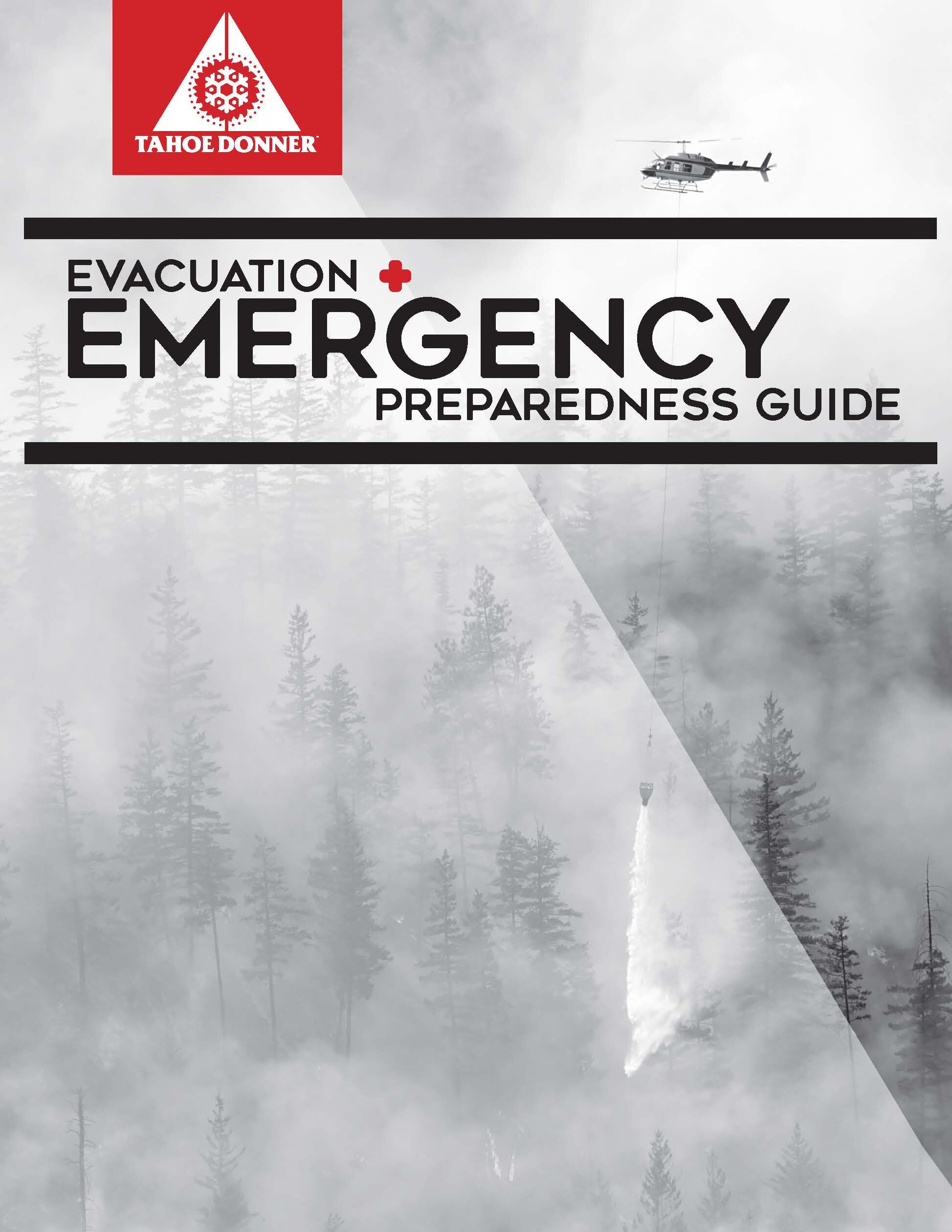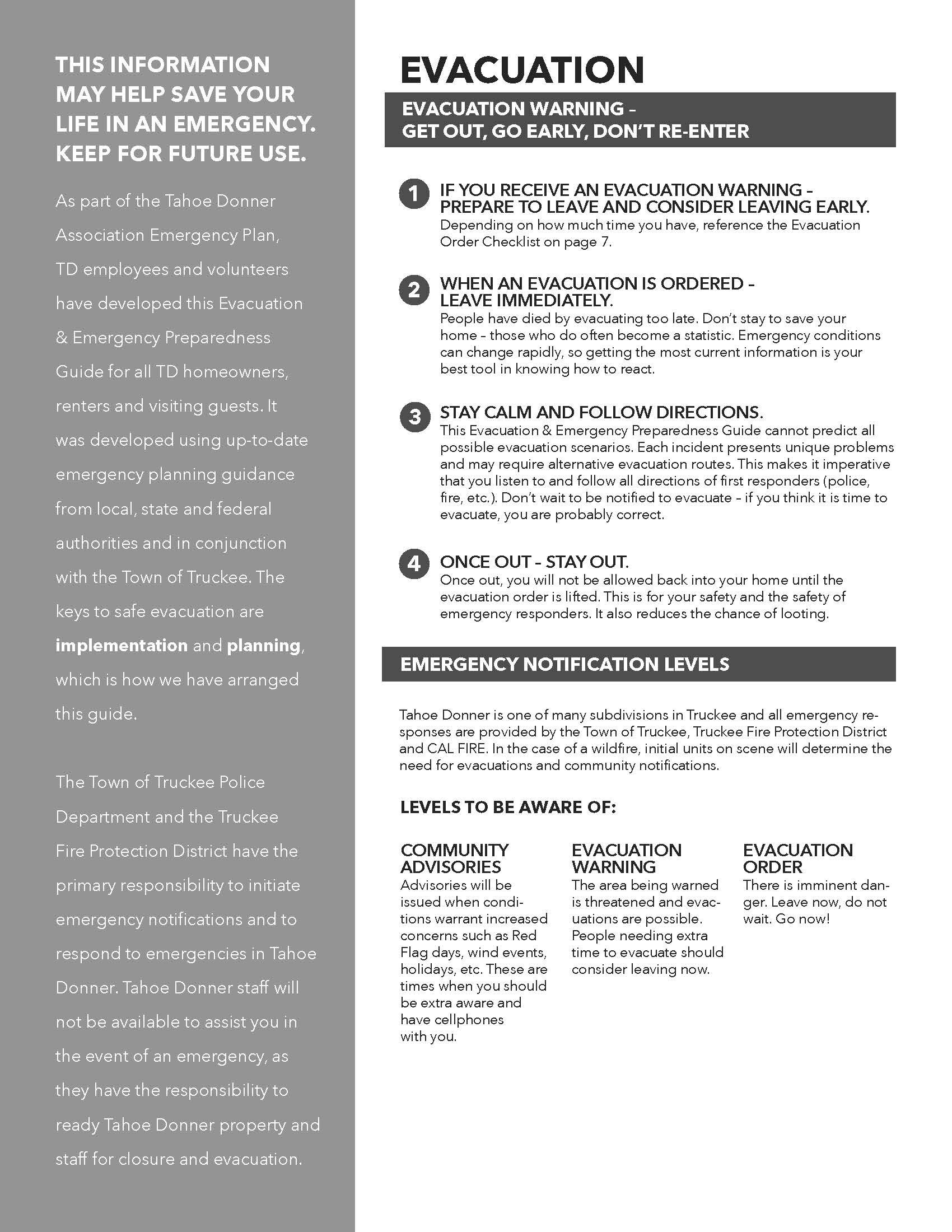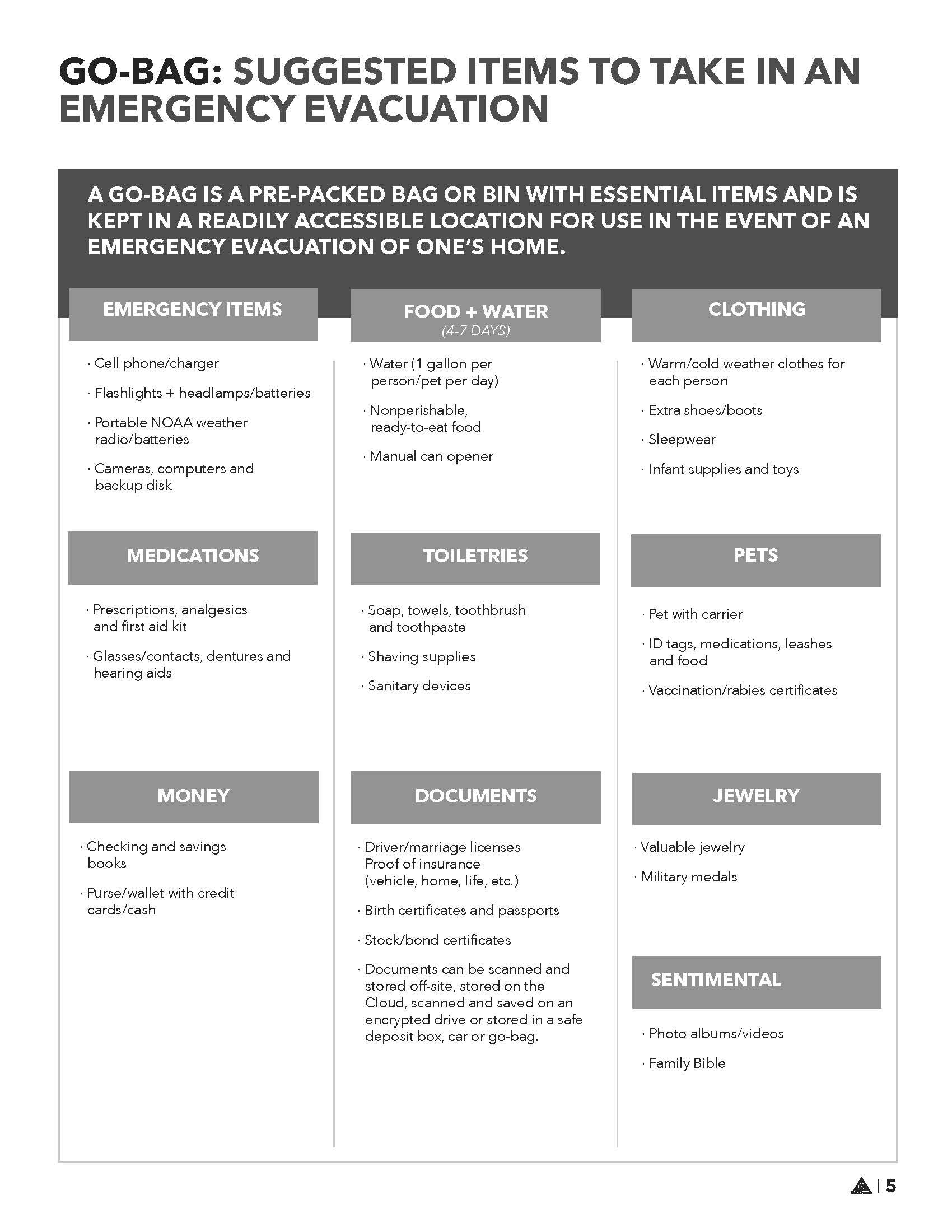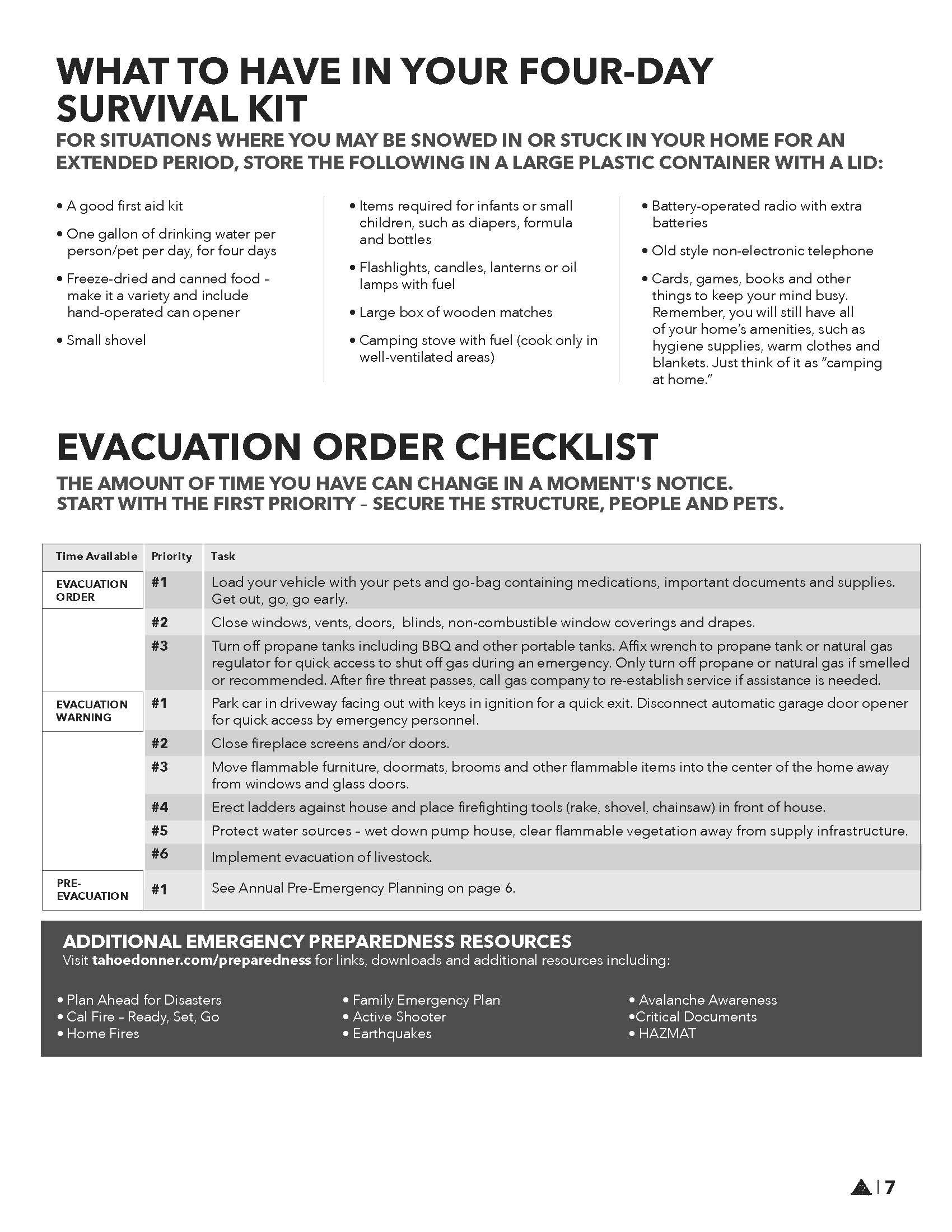Wildfire protection
Wildfire ignition and spread is often a confluence of worst case scenarios that were not anticipated and/or cannot be prevented. A lightening strike, a tossed cigarette, an earthquake rupture of a gas line, sparks from equipment use, a discarded glass magnifying the sun’s midday rays, a power line arc. All of these events have caused and will continue to cause wildfires. That is why prevention alone is not enough, and Portola Valley must also organize to protect the community against wildfire if and when it occurs.
While we rely on the Woodside Fire Protection District as a first line of defense against wildfire, there is much more we can and should do as a community to strengthen and improve the community’s defense against wildfire. Here again, we should look first to the Town to organize and lead the effort through an amendment of the General Plan’s Safety element to include a wildfire prevention and protection plan.
Among the many priorities and needs such a plan must address, four stand out as among the highest priority.
First, Portola Valley’s above-ground power grid is an increasingly aging and unreliable source of power for Town residents. Apart from the risk this grid poses for fire ignition and spread, any interruption in the supply of power through earthquake, fire, wind or mishap would disrupt Internet service and effective telephone or other communications for many if not most residents. Effective protection against wildfire depends on effective communication with all affected parties, and at least currently, effective communication requires constant, uninterrupted power. Our above-ground power grid is too vulnerable and susceptible to failure to fulfill that need during a disaster.
Second, effective communication with Town residents about the imminence, status and progress of any fire or evacuation requires a clear, well-publicized chain of responsibility for collecting and providing timely, accurate and intelligible information to residents, and a reliable and commonly understood and accessible means for doing so. Such procedures require practice and rehearsal to ensure reliability and utility. They do not exist today. Implementing this step will not only improve public safety for wildfire evacuations, but also for earthquake and other types of natural and man-made emergencies.
Third, clear evacuation routes and procedures need to be established and communicated to Town residents well in advance. Who has authority to order an evacuation in town, how will that order be communicated, and how will residents be informed of the appropriate route to take under the circumstances of a particular fire and its likely spread? In some parts of town, the possibility for evacuation is constricted by the narrowness and steepness of streets, or by the paucity of alternative escape routes. The Town needs to confront the reality of risk this situation creates and take action to address it. Here again, effective evacuation procedures require practice and rehearsal. The tragedy of Paradise is a case in point we should not ignore.
Fourth, what follows an order to evacuate? Evacuate to what and for how long? What procedures are in place to inform residents of the post-evacuation status of their residence and their ability to return or not? Here again, the Town should lead the way.
The Woodside Fire Protection District’s Ready, Set, Go program provides a comprehensive guide to protect your family and property against wildfire. Advance preparation, effective outreach and communication, clear and precise instructions and well-practiced procedures are absolutely key to safe evacuation. The Evacuation Plan and Map distributed by Donner Tahoe for its residents provides an excellent example of advance planning and instruction for local evacuations..








Tahoe Donner Evacuation Map and Plan
San Mateo County's Fire Safe Council provides information and resources to create a public—private partnership to reduce the risk of wildfires.
The California FireSafe Council website provides additional information and sponsors a grant program to help underwrite and support fuel reduction and fire safety programs in local communities.
CalFire’s Ready for Wildfire website provides online guides and checklists to help prepare your property, emergency supplies and family in the event of a wildland fire.

